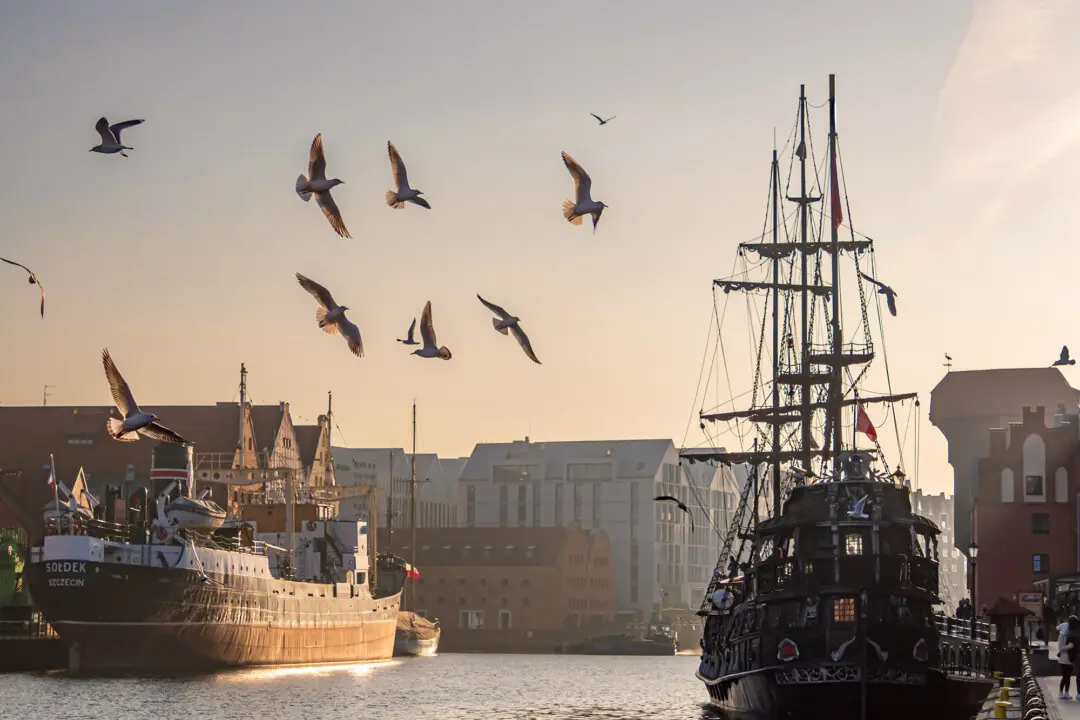Reykjavik, Iceland, is a funny sort of town.
Sitting at 64 degrees north, Reykjavik is just two ticks below the Arctic Circle. The architecture is heavy and hardy, a mix of volcanic stones and corrugated steel, perfect for huddling against the tempestuous winds and trying temperatures of a typical Icelandic winter. And on your first arrival there, you almost expect the same from the people: Will they be grim, with inscrutable faces similarly drawn to keep the cold at bay?





